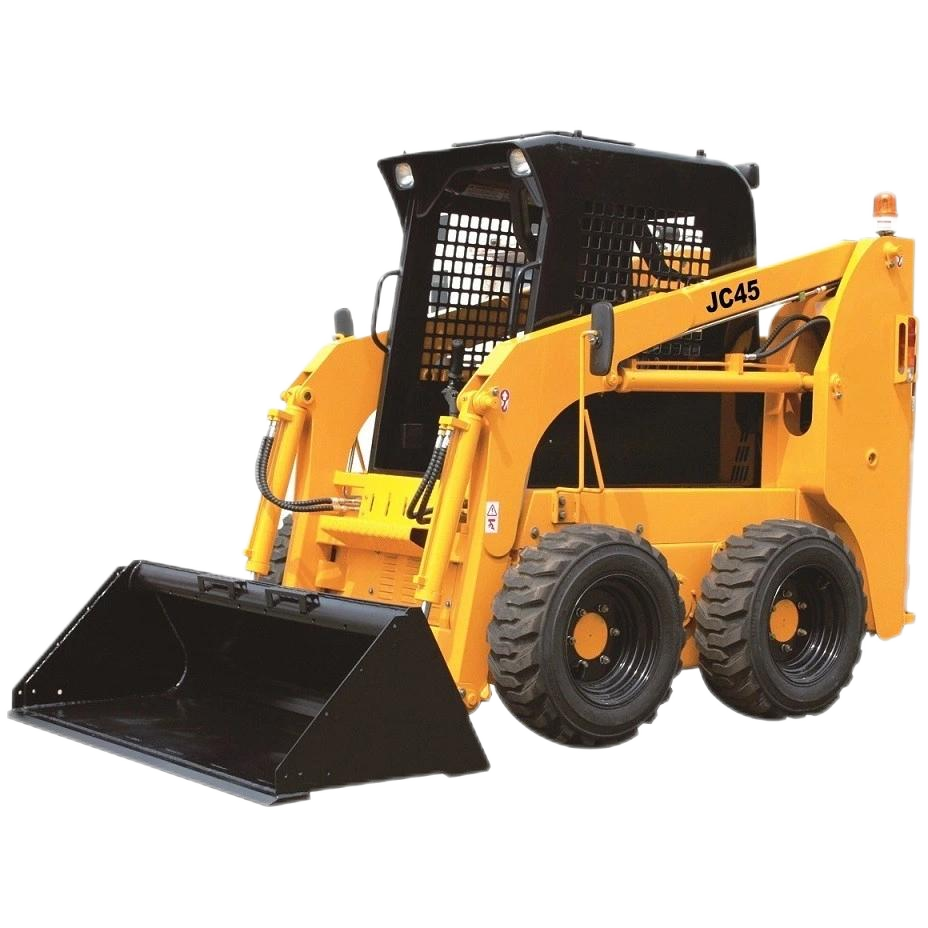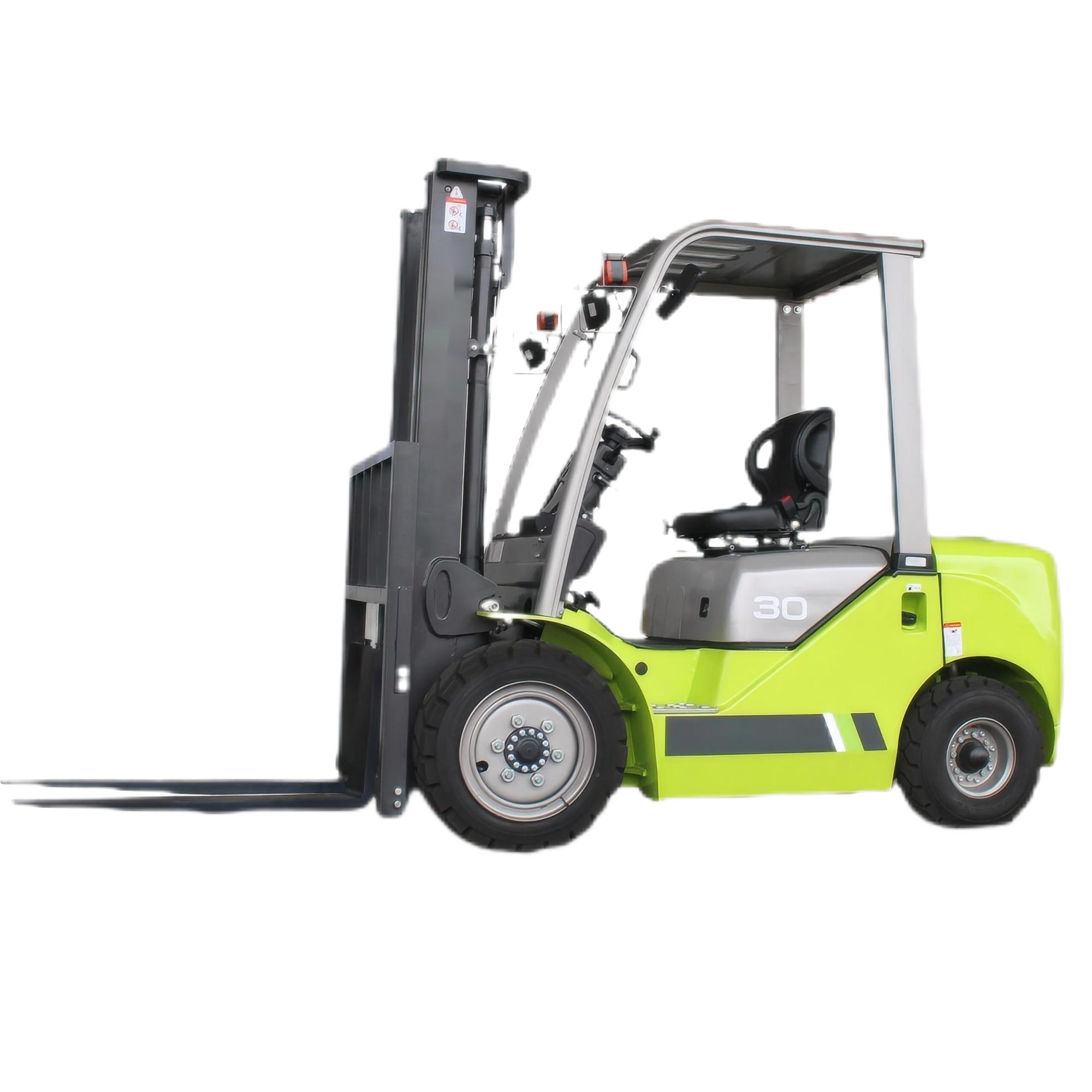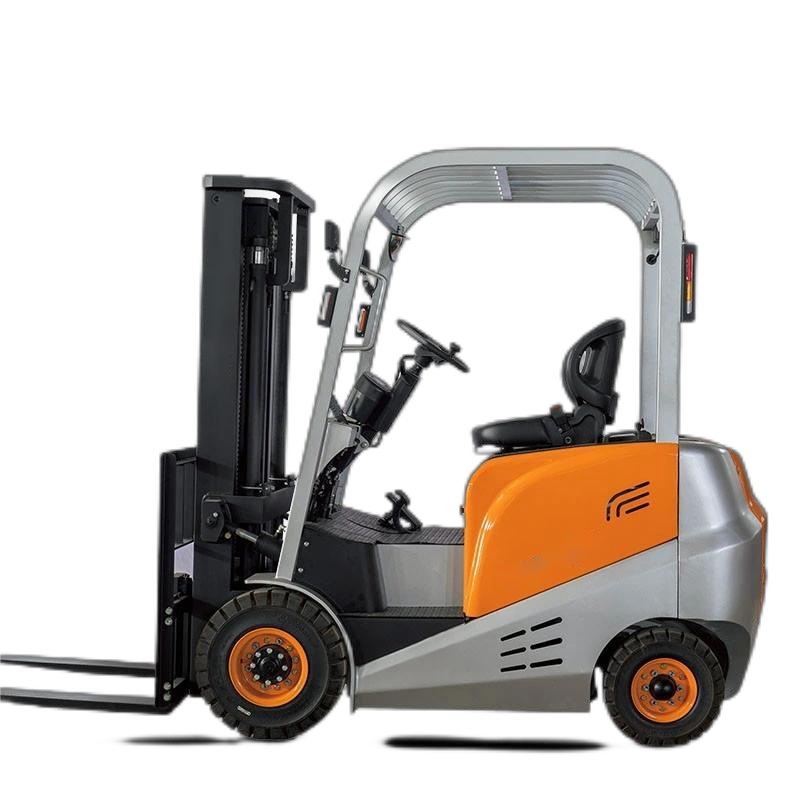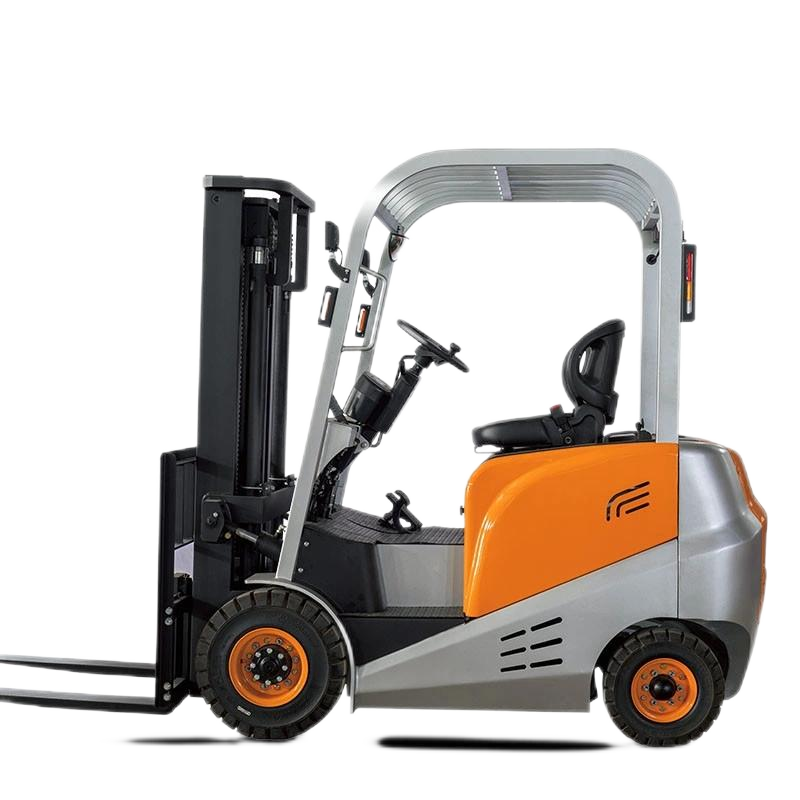There are various classification methods for loaders. The following is an introduction to common classifications:

Classification by Engine Power
- Small Loaders: The engine power is less than 74 kilowatts (100 horsepower). With a compact and flexible body, it is suitable for narrow spaces such as small construction sites and warehouses, and is used for handling and loading/unloading some light materials.
- Medium-sized Loaders: The engine power is between 74 and 147 kilowatts (100 and 200 horsepower). It is the most common type of loader, with moderate working capacity and mobility, and is widely used in various engineering constructions, such as highways, railways, and building construction.
- Large Loaders: The engine power is between 147 and 515 kilowatts (200 and 700 horsepower). It is usually used in large-scale engineering projects, such as mine exploitation and large-scale water conservancy projects. It can efficiently handle a large amount of materials and has strong loading and transportation capabilities.
Classification by Transmission Type
- Mechanical Transmission Loaders: It has a simple structure and a relatively low cost. However, its transmission efficiency is low, there is a large impact during gear shifting, and the operation comfort is poor. It is generally used for small loaders or occasions with low performance requirements.
- Hydro-mechanical Transmission Loaders: Power is transmitted through the combination of a hydraulic torque converter and a mechanical transmission. It can automatically adapt to changes in external resistance, has good acceleration performance and smooth gear shifting, and is widely used in medium and large loaders.
- Hydraulic Transmission Loaders: Power transmission is achieved by using a hydraulic pump and a hydraulic motor. It has advantages such as stepless speed regulation and easy and flexible operation. However, the system is complex and the cost is high. It is generally used for some loaders with special purposes or high-performance requirements.
Classification by Travel System
- Wheeled Loaders: Using tires as the travel components, it is light in weight, fast in speed, flexible and efficient. It does not damage the road surface during travel. It has obvious advantages in situations where the project volume is small, the work points are not concentrated, and there are frequent transfers. It is a commonly used type in engineering and farmland capital construction.
- Crawler Loaders: Using a crawler travel mechanism, it has a small ground contact pressure, good trafficability, a low center of gravity, good stability, strong adhesion, and large traction force. It is suitable for working in harsh terrain conditions such as soft, muddy or rough areas. However, its speed is low, its flexibility is relatively poor, and the cost is high.
Classification by Frame Structure and Steering Method
- Articulated Frame Articulated Steering Loaders: The frame is connected by the front and rear parts through an articulated point. When steering, the front and rear frames rotate relative to each other to achieve articulated steering. This steering method has a small turning radius and good mobility, which is convenient for working in narrow areas. However, its driving stability is relatively poor.
- Integral Frame Wheel Deflection Steering Loaders: The frame is of an integral type, and the steering methods include rear-wheel steering, front-wheel steering, and all-wheel steering. Among them, front-wheel steering loaders are flexible in steering and simple in operation, and are mostly used for small loaders; rear-wheel steering loaders have better stability at high speeds; all-wheel steering loaders have better mobility and steering performance and can perform special actions such as in-situ steering.
Classification by Unloading Method
- Front Unloading Loaders: Loading and unloading operations are carried out at the front end. It has a simple structure, reliable operation, and good visibility. It is suitable for various working sites and is widely used.
- Swing Arm Loaders: The boom is installed on a turntable. When working, the bucket loads at the front end. When unloading, the turntable can rotate a certain angle relative to the frame, usually 360°. Side unloading does not require turning around, and the work efficiency is high. However, the structure is complex, the weight is large, the cost is high, and the side stability is poor. It is suitable for relatively narrow sites.
Classification by Loading Method
- Single Bucket Loaders: It can only load one bucket of materials each time. It is the most common type of loader, with characteristics such as flexible operation and a wide range of applications. It can be used for the loading, unloading and handling of various materials.
- Multi-bucket Loaders: Equipped with multiple buckets, it can carry out continuous loading operations, with high production efficiency. However, the structure is complex and it is generally used in large-scale material loading and unloading occasions, such as mines and ports.








